BOOKS

Difficult Conversations: How to Discuss What Matters Most
– Douglas Stone, Bruce Patton, Sheila Heen, and Roger Fisher (forward), 2010
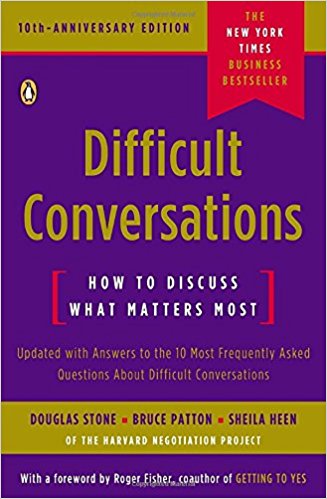 The 10th-anniversary edition of the New York Times business bestseller-now updated with “Answers to Ten Questions People Ask”
The 10th-anniversary edition of the New York Times business bestseller-now updated with “Answers to Ten Questions People Ask”
We attempt or avoid difficult conversations every day-whether dealing with an underperforming employee, disagreeing with a spouse, or negotiating with a client. From the Harvard Negotiation Project, the organization that brought you Getting to Yes, Difficult Conversations provides a step-by-step approach to having those tough conversations with less stress and more success. you’ll learn how to:
· Decipher the underlying structure of every difficult conversation
· Start a conversation without defensiveness
· Listen for the meaning of what is not said
· Stay balanced in the face of attacks and accusations
· Move from emotion to productive problem solving
Communication the Cleveland Clinic Way: How to Drive a Relationship-Centered Strategy for Exceptional Patient Experience
Adrienne Boissy, Timothy Gilligan, 2016
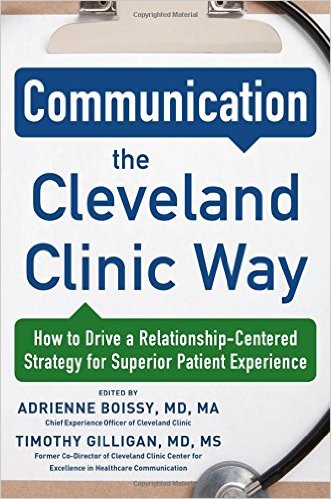 Put relationship-centered communication at the forefront of care
Put relationship-centered communication at the forefront of care
Today, physicians face a hypercompetitive marketplace in which they must meet unique and complex patient needs as efficiently as possible. But in a culture prioritizing clinical outcomes above all, there can be a tendency to lose sight of one of the most critical aspects of providing effective care: the communication skills that build and foster physician-patient relationships.
Studies have shown that good communication between doctors and patients and among all caregivers who interface with patients directly results in better clinical outcomes, reduced costs, greater patient satisfaction, and lower rates of physician burnout.
In Communication the Cleveland Clinic Way, Dr. Adrienne Boissy and her team tell the story of how Cleveland Clinic created and applied the R.E.D.E. to Communicate: Foundations of Healthcare program, making the world-renowned hospital system a leader in relationship-centered care. They provide a step-by-step guide for healthcare leaders and decision-makers to design, develop, and implement communication skills training in their own institutions. Learn how to:
-Craft an effective, colleague-supported communication skills program to include veteran physicians, residents, and medical students
-Leverage creative program design and data transparency to engage and facilitate staff physicians and advanced care providers
-Identify common misperceptions and myths in healthcare communication and respond to them successfully
-Cultivate a true sense of empathy―with patients and fellow caregivers alike―while maintaining professionalism
In a field where difficult conversations and stressful relationships are commonplace, clinicians need a structured approach to enable them to deliver the best care possible. Communication the Cleveland Clinic Way is the blueprint for establishing a relationship-centered program that will improve patient experience, reinvigorate doctors’ passion for their work, and elevate any organization.
Mastering Communication with Seriously Ill Patients: Balancing Honesty with Empathy and Hope
–Anthony Back, Robert Arnold, James Tulsky, 2009
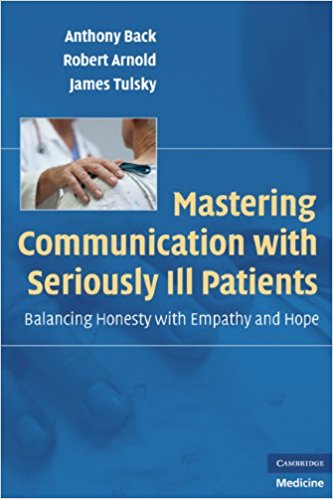 Physicians who care for patients with life-threatening illnesses face daunting communication challenges. Patients and family members can react to difficult news with sadness, distress, anger, or denial. This book defines the specific communication tasks involved in talking with patients with life-threatening illnesses and their families. Topics include delivering bad news, transition to palliative care, discussing goals of advance-care planning and do-not-resuscitate orders, existential and spiritual issues, family conferences, medical futility, and other conflicts at the end of life. Drs. Anthony Back, Robert Arnold, and James Tulsky bring together empirical research as well as their own experience to provide a roadmap through difficult conversations about life-threatening issues. The book offers both a theoretical framework and practical conversational tools that the practicing physician and clinician can use to improve communication skills, increase satisfaction, and protect themselves from burnout.
Physicians who care for patients with life-threatening illnesses face daunting communication challenges. Patients and family members can react to difficult news with sadness, distress, anger, or denial. This book defines the specific communication tasks involved in talking with patients with life-threatening illnesses and their families. Topics include delivering bad news, transition to palliative care, discussing goals of advance-care planning and do-not-resuscitate orders, existential and spiritual issues, family conferences, medical futility, and other conflicts at the end of life. Drs. Anthony Back, Robert Arnold, and James Tulsky bring together empirical research as well as their own experience to provide a roadmap through difficult conversations about life-threatening issues. The book offers both a theoretical framework and practical conversational tools that the practicing physician and clinician can use to improve communication skills, increase satisfaction, and protect themselves from burnout.
Communication in Palliative Nursing
– Elaine Wittenberg-Lyles, Joy Goldsmith, Betty Ferrell, Sandra L. Ragan, 2012
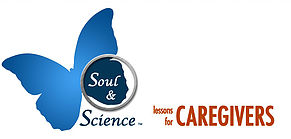
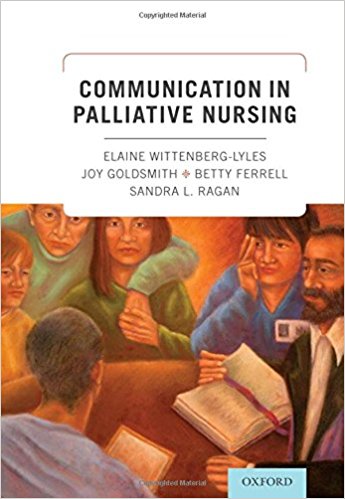 Communication in Palliative Nursing unites complementary work in communication studies and nursing research to present a theoretically grounded curriculum for teaching palliative care communication to nurses. The chapters outline the COMFORT curriculum, comprised of these elements: Communication, Orientation and opportunity, Mindful presence, Family, Openings, Relating, and Team communication. Central to this curriculum is the need for nurses to practice self-care.
Communication in Palliative Nursing unites complementary work in communication studies and nursing research to present a theoretically grounded curriculum for teaching palliative care communication to nurses. The chapters outline the COMFORT curriculum, comprised of these elements: Communication, Orientation and opportunity, Mindful presence, Family, Openings, Relating, and Team communication. Central to this curriculum is the need for nurses to practice self-care.